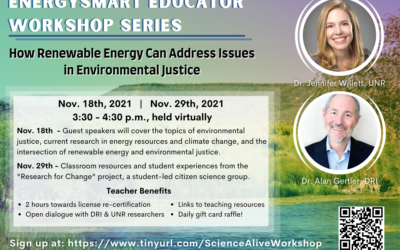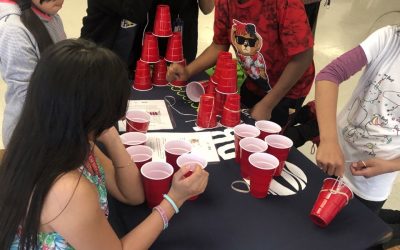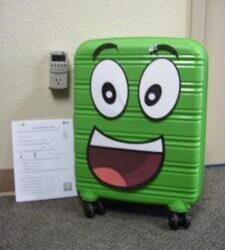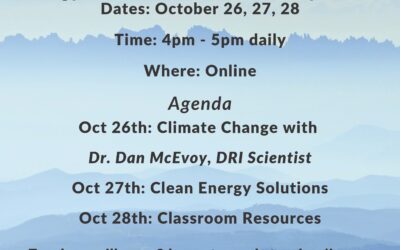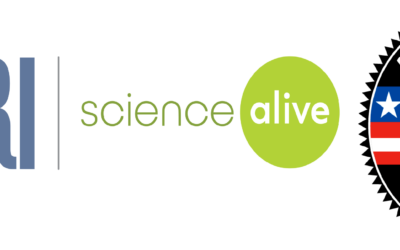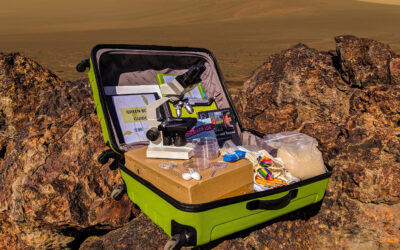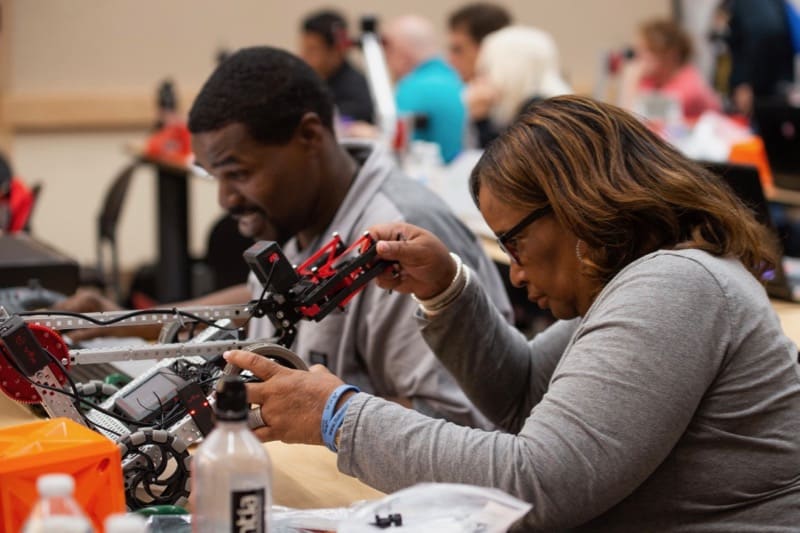EnergySmart Educator Workshop Series - How Renewable Energy Can Address Issues in Environmental JusticeOur upcoming EnergySmart Education teacher training event will be held virtually on November 18th & 29th, 2021 from 3:30 – 4:30pm each day. The event is focused...
Science Alive Helps Bring Family STEM Nights to Virtual Life
Each Virtual Family STEM Night is a 30-minute videoconference experience that guides families through hands-on STEM activities, all in the comfort and safety of their homes.
Meet Casey the Green Box
Howdy folks! Here at Science Alive we believe that learning is for everyone, and we like to think that learning can be fun for all. That’s why we have a super fun mascot. Wait, have you not met our mascot? Well, we hope you like smiling, because our mascot is ready to...
Fall EnergySmart PSA Contest Open For Submissions
The EnergySmart PSA Contest is open for submissions! Deadline extended to December 11th, 2020! Over the past few years Science Alive has held a yearly Public Service Announcment (PSA) contest for middle school aged students (6th-8th) in Nevada about energy use and...
Fall 2020 EnergySmart Educator Workshop Series
Past - Our annual EnergySmart Educator Workshop is scheduled and open for registration! The workshop will be held virtually on October 26th, 27th, and 28th from 4 pm - 5 pm daily on Zoom. Educators will get a chance to hear from a DRI Scientist and discuss Climate...
Science Alive Welcomes New Team Members
Science Alive is happy to announce this year's group of AmeriCorps members serving as our STEM Education Outreach Coordinators! Our programs and various projects are only made possible by the hard work, innovative ideas and range of expertise brought to us by our...
How You Can Use Science Alive’s Virtual Offerings for Distance Learning
Howdy everyone, and welcome to DRI’s Science Alive blog! Last time we gave you a quick rundown of what Science Alive does, with Green Boxes forming one of the core components of our educational outreach. While we appreciate the hands-on experience that each Green Box...
Science Alive: An Introduction
Howdy everyone, and welcome to DRI’s Science Alive blog! What is DRI, you ask? And for that matter, what is Science Alive? The Desert Research Institute (DRI for short) is the non-profit environmental research branch of the Nevada System of Higher Education (NSHE) and...
Engage with Science Alive’s NASA Inspired Content
Science Alive has resources to help Nevada's educators discover the wonders of space and engineering education. Inspired by NASA, all of these offerings are available to educators across the state for use in both formal and informal education. NASA STEM Kits -...
Nevada Gold Mines donates $100,000 to DRI’s Nevada Robotics State-wide Teaching Training Program
Reno, Nev. (Feb. 27, 2020) - Robotics clubs and competitions have become popular in many Nevada middle and high schools in recent years, but opportunities for participation at the elementary school level have so far been limited. This is set to change, thanks to a new...
